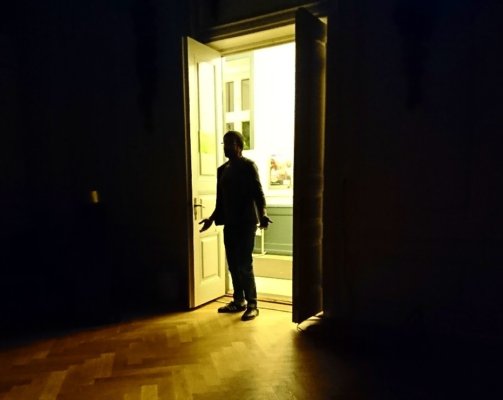
Our daily conversations are focusing on three things: health, mental health, and re-opening.
“What are the latest numbers of people sick and dying from the coronavirus?”
Even though there is controversy and even antagonism among neighbors about how these numbers are being reported, the numbers are high. They are getting higher every single day. Over sixty thousand Americans gone forever! Enough to make me cry every day and have trouble sleeping nearly every night.
“How can we get through this shut-down with some degree of grace?”
Websites, TV shows and YouTube videos have exploded on how to spend time at home – engaging with children, learning new skills, practicing reflection and meditation, exercising, making music, renewing communications with family and friends, etc., etc. Many of these recommendations are useful and encouraging, and we share them on our blog.
“How soon will stay-at-home orders be lifted?”
Re-opening has been a hot topic for the administration since the first days of the shut-down. Lately opening has actually been declared in a number of places (with no obvious rationalization). As it turns out, today (April 30) is the last day for the social distancing guidelines set by the President back in March. At the same time, governors have set their own guidelines.
No matter when it happens, we do expect every community to go through a “re-opening.”
What will a realistic re-opening look like? How should we be preparing?
Earlier this year, we were all thinking of “getting back to normal.”
Now, however, we realize that “normal” includes images of crowded beaches, sweaty basketball games, kids head to head in classrooms, party-goers with drinks in their hands, church members holding hands as they pray . . . Does this make sense now that we know how the virus spreads?
Probably not. Certainly that definition of re-opening is not what public sentiment seems to support at this time.
Now it looks as though “re-opening” will be phased.
A phased opening uses statistics (new cases, hospitalizations, etc. plus testing with rapid results) to track what’s happening and guide the steps.
Phase one would allow “openings” of lower-risk workplaces and some public spaces. Later phases would open higher-risk workplaces and public gatherings (weddings, for example). Finally, everything would be open.
No matter how it’s done, “open” won’t be “back to normal.” We need to prepare ourselves and our kids for . . .
- Continued wearing of masks, maybe even adding other personal protective equipment at work where it was never considered before.
- A lot of testing to see whether we are healthy. Different types of tests (nasal swabs, saliva tests, blood tests) at various places and various times.
- Regular taking of temperatures. Before you go into school, before you enter your workplace, before you can visit a place of business.
- Required medical treatments (as they become available), such as anti-viral treatments and/or vaccines.
- Different travel arrangements. For example, instead of taking the bus or train, using ride sharing or taxis.
- A “new look” at school and in the workplace: furniture spaced out, physical barriers between desks and people. “Isolation rooms” for people with symptoms. Every other stall in the restroom closed off.
- A “new look” for cafeterias and lunch rooms in the way food is packaged and served.
- New and different schedules, such as staggered breaks, revised hours, smaller groups, etc. A lot more time devoted to cleaning.
- Continued “work at home” and “learn at home” using online resources. (Do you or your kids need more powerful devices? More bandwidth? Do you need better security?)
Successful re-opening will require expert communications.
In a world that routinely offers up confusing and even contradictory messages, it’s going to be a challenge to let people know what to expect when society is re-opened.
We’ll need expertise to make sure these new “realities” are clearly communicated. If you are a business or community leader, start considering how you might use these professionals.
- Graphic artists can illustrate the new room layouts and new schedules. Just talking about “more social distancing at work” doesn’t really prepare people to find only half the number of desks they are used to.
- Video experts can give people virtual walk-throughs before schools or workplaces are reopened. Children in particular want to feel secure when they head back to a school that doesn’t look the same as the one they left behind.
- Professional copywriters can explain the HOW and the WHY of changes to make sure re-openings go smoothly and safely. It takes skilled writers to give people confidence and get their agreement to follow new procedures.
If you are a parent, it is up to you to prepare your children for the upcoming changes. Start now! “When you go back to school, I bet you’ll find . . .”
Unlike most of our Advisories, this one isn’t based on actual experience. The description of re-opening may not be accurate in every detail. But we do know from experience that preparing for change gives us a better chance of getting through it without major upset.
We hope you can share the thoughts in this Advisory to help others understand that “re-opening” will be oh, so welcome — but it won’t be “back to normal.”
Virginia
Your Emergency Plan Guide team
April – Month of Action
Don't miss a single Advisory.
Thank you for subscribing.
Something went wrong.
